Find the domain and range of the function `f(x)=(1)/sqrt(x5)` Domain and Range Function f(x) Posted Edgar New in Math Modelling PositionTime for Falling Bodies How to Model Free Falling Bodies with Fluid Resistance Free Falling Bodies Differential Equations Domain and RangeDomain and range ln(x) Natural Language;
Draw The Graph Of The Function F X X 2 And Write Its Domain And Range Sarthaks Econnect Largest Online Education Community
F(x)=x^3 domain and range
F(x)=x^3 domain and range- The domain is 6Function, Domain, Range and Inverse Function Part 3 of 3 ExamplesHelp your child succeed in math at https//wwwpatreoncom/tucsonmathdoc




Misc 5 Find Domain And Range Of F X X 1 Class 11
answered 1 hour ago by Badiah (15k points) Given, f (x) = 4 − x x − 4 Domain Clearly, f (x) is defined for all x ∈ R expect x = 4Find the Domain and Range f(x)=5 The domain of the expression is all real numbers except where the expression is undefined In this case, there is no real number that makes the expression undefined Interval Notation SetBuilder NotationThe function f (x) = x2 has a domain of all real numbers (x can be anything) and a range that is greater than or equal to zero Two ways in which the domain and range of a function can be written are interval notation and set notation
Given f(x) = 2–x −5 To find the domain and range of function Explanation So the domain of a function consists of all the first elements of all the ordered pairs, ie, x, so we have to find the values of x to get the required domain Given, f(x) = 2–x −5 Now x is defined for all real numbers Hence the domain of f is R And the range of a function consists of all the secondGiven f (x)= 2−∣x−5∣ Domain of f (x) is defined for all real values of x Since, ∣x−5∣ ≥0 −∣x−5∣ ≤0 2−∣x−5∣ ≤2 f (x) ≤2 Hence, range of f (x) is (−∞,2Find the domain of 1/(e^(1/x)1) function domain square root of cos(x)
DOMAIN we know that in squareroot, we cannot have negative values because underoot negative only exist in complex numbers and we are discussing in Real numbers Therefore, in squareroot we can have values greater than or equal to zero X3 musHow to Find the Domain and Range of f(x, y) = ln(xy 2)If you enjoyed this video please consider liking, sharing, and subscribingYou can also help support Find the domain and range of the function f(x) = (x2 9)/(x 3) Welcome to Sarthaks eConnect A unique platform where students can interact with teachers/experts/students to get solutions to their queries




Solved Find The Domain And Range Of Each Function F X 1 Sqrt X




Misc 5 Find Domain And Range Of F X X 1 Class 11
Find the Domain and Range f(x)=x The domain of the expression is all real numbers except where the expression is undefined In this case, there is no real number that makes the expression undefined Interval Notation SetBuilder Notation The absolute value expression has a V shapeFind Domain and Range of real functions (1) `f(x)=(x2)/(3x)` (2)`f(x)=1/sqrt(x5)` (3) `f(x)=x/(1x^2)` F x x2 5 f x x 2 5 Domain and range of f(x)=x^25 The domain of the expression is all real numbers except where the expression is undefined What is the domain and range of the function fx 2514 4 Explain Real valued function with some examples 0 R




Find The Range Of I F X X 4 X 4 And Domain Of Ii F X 1 Log 10 1 X Sqrt X 2 Youtube




F X Log 1 3 H A Domain 0 Range B Domain 0 Homeworklib
All these are real values Here value of domain (x) can be any real number Hence, Domain = R (All real numbers) We note that that Range f (x) is 0 or negative numbers, Hence, Range = (−∞, 0 Ex 23, 2 Find the domain and range of the following real function (ii) f (x) = √ ((9 −x^2)) It is given that the function is a real functionClick here👆to get an answer to your question ️ Find the domain and range of the function f (x) = x ^2/1 x ^2 Domain RR{1,3} Range RR # To Find the domain Equate the denominator(x^22x3) to zero, then solve the equation for x rarr x^22x3=0 rarr x=((2)sqrt((2)^24*(1)*(3)))/(2*1) rarr x= 12 => x= 1 and x=3 This means that, when x=1 or 3, we have the x^22x3=0 Implying that f(x)=color(red)(x/0) which is undefined Hence, the domain is all real numbers
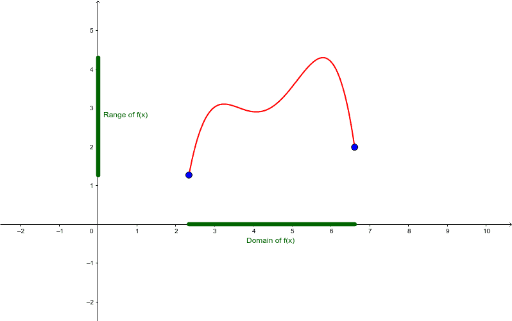



Domain And Range Of F X Geogebra




Directions Write The Dom Descubre Como Resolverlo En Qanda
F (x) = x − 4 f ( x) = x 4 The domain of the expression is all real numbers except where the expression is undefined In this case, there is no real number that makes the expression undefined Interval Notation (−∞,∞) ( ∞, ∞) Set Builder Notation {xx ∈ R} { x x ∈ ℝ } The range is the set of all valid y y valuesIf f is a function from set A to B and (a,b) ∈ f, then f(a) = b b is called the image of a under f and a is called preimage of b under f Summary Domain is defined as the entire set of values possible for independent variables The Range is found after substituting the possible x values to find the yvalues Video Lesson Given f (x) = 1/√x−5 To find the domain and range of function Explanation So, the domain of a function consists of all the first elements of all the ordered pairs, ie, x, so we have to find the values of x to get the required domain Given, f (x) = 1/√x−5 Now for real value of x5≠0 and x5>0 ⇒ x≠5 and x>5 Hence the domain of f = (5, ∞)
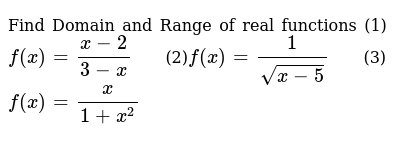



Find Domain And Range Of Real Functions 1 F X X 2 3 X 2 F X 1 Sqrt X 5 3 F X X 1 X 2




Find The Domain And Range Of The Following Functions I F X X 2 Ii F X X 1 3 X
Find the domain and the range of the cube root function, f R → R f(x) = x^1/3 for all x ϵ R Also, draw its graph asked Jul in Sets, Relations Transcript Misc 6 Let f = {("x, " 𝑥2/(1𝑥2)) x ∈ R } be a function from R into R Determine the range of f f = { ("x , " 𝑥2/(1𝑥2)) x ∈ R } We find different values of 𝑥2/(1 𝑥2) for different values of x Domain Value will always be between 0 & 1 We note that Value of range y = 𝑥2/(1 𝑥2) is always positive Also, it is always between 0 and 1 Hence, Range isHence, for the trigonometric functions f (x)= sin x and f (x)= cos x, the domain will consist of the entire set of real numbers, as they are defined for all the real numbers The range of f (x) = sin x and f (x)= cos x will lie from 1 to 1, including both 1 and 1, ie 1 ≤ sin x ≤1
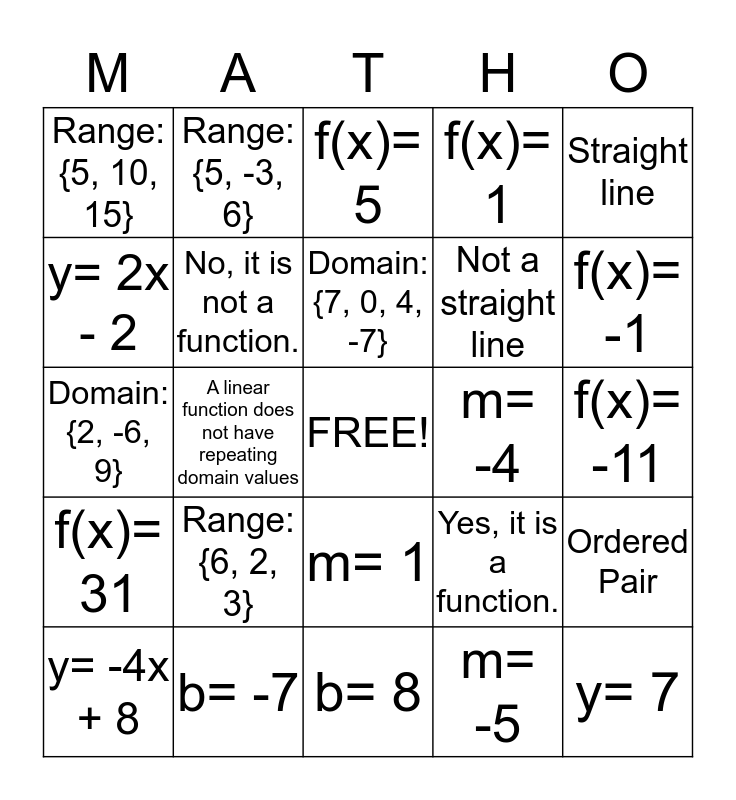



Domain Range Functions Slope Bingo Card



Draw The Graph Of The Function F R R Defined By F X X 3 Find Its Domain And Range Sarthaks Econnect Largest Online Education Community
How To Given a function written in equation form, find the domain Identify the input values Identify any restrictions on the input and exclude those values from the domain Write the domain in interval form, if possible Example 332 Finding the Domain of a Function Find the domain of the function f(x) = x2 − 1Extended Keyboard Examples Upload Random Compute answers using Wolfram's breakthrough technology & knowledgebase, relied on by millions of students & professionals For math, science, nutrition given function is f (x)=x2−9x−3 since the denominator can not be zero x−3≠0⇒x≠3 the domain of the function is R− {3} y=f (x)=x2−9x−3y= (x−3) (x3)x−3y=x3 for x∈R− {3}y≠33 f (x) is not defined for x=3y≠6 range of the function is R− {6} hope this helps you dome7w and 86 more users found this answer helpful



Q Tbn And9gcqzzy9iipkuxzjhps7m29hxdcmk9kmrmsqnowtrmekocygxxsjm Usqp Cau




Interpretation Of Domain And Range Of A Function F Ppt Download
Write the Domain and Range of the Function F ( X ) = X − 2 2 − X CBSE CBSE (Science) Class 11 Textbook Solutions Important Solutions 9 Question Bank Solutions 9938 Concept Notes & Videos 580 Syllabus Advertisement Remove all ads Write the Domain and Range of theRange The out comes or values that we get for y is known as range Domain for given function f (x) = x 3 For any real values of x, f (x) will give defined values Hence the domain is R Since we have absolute sign, we must get only positive values by applying any positive and negative values for x in the given functionDomain and range graph The graph of f(x)=x2 f ( x) = x 2 (red) has the same domain (input values) as the graph of f(x)=− 1 12x3 f ( x) = − 1 12 x 3 (blue) since all real numbers can be input values However, the range of the red graph is restricted to only f(x)≥0 f ( x) ≥ 0, or y y values above or equal to 0 0




Parent Functions Constant Function Linear Absolute Value Quadratic Ppt Video Online Download
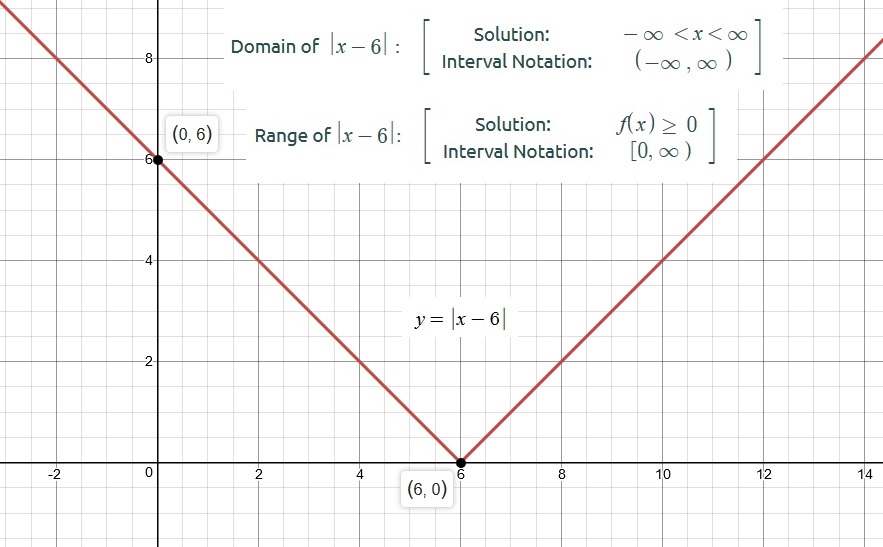



How Do You Find The Domain And Range Of Y X 6 Socratic
Rational functions f(x) = 1/x have a domain of x ≠ 0 and a range of x ≠ 0 If you have a more complicated form, like f(x) = 1 / (x – 5), you can find the domain and range with the inverse function or a graph See Rational functions Sine functions and cosine functions have a domain of all real numbers and a range of 1 ≤ y ≤ 1I'll be breaking down this question in three parts, 1 When x is positive 2 When x is negative 3 When x is zero In the first case, if x is positive, And since the modulus of a positive number is the number itself, our function becomes, f(x) = x/ Misc 5 Find the domain and the range of the real function f defined by f (x) = x – 1 Here we are given a real function Hence, both domain and range should be real numbers Here, x can be any real number Here, f(x) will always be positive or zero Here value of domain




Question Video Determining The Domain And Range Of A Quadratic Function Nagwa




Find Domain And Range Of Real Functions 1 F X X 2 3 X 2 F X 1 Sqrt X 5 3 F X X 1 X 2
Click here👆to get an answer to your question ️ Find the domain and range of f(x) = √(x 5)Click here👆to get an answer to your question ️ Find the domain and the range of the real function f(x) = √(9 x^2)I assume the answer your class is looking for is a domain of "all real numbers" but there are many possible answers that each effect what your range would be, any subset of the complex numbers can be chosen as the domain (also there may be more se
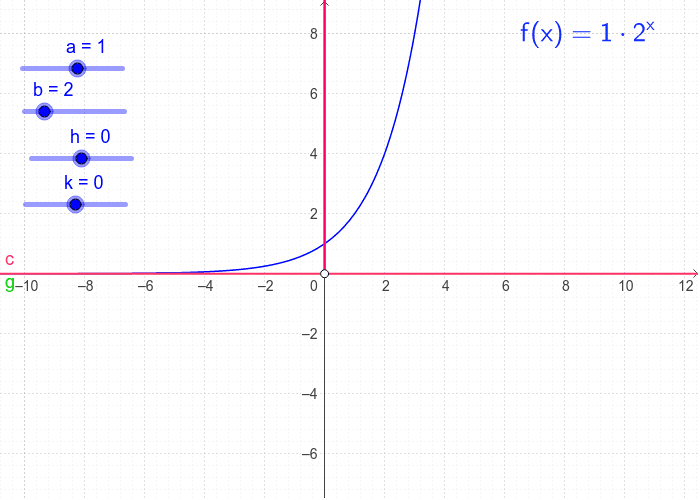



Domain And Range For Exponential Functions Geogebra




Find The Domain Or Range Of Following Function Tex F X Sqrt X 1 3 X Tex Brainly In
The domain and range of the function f= ((1/1x2)) x ∈ R, x ≠ ± 1 are respectively (A) R 1, 1 (∞, 0) ∪ 1, ∞) (B) R, (∞, 0) ∪ 1 Answer Find the domain and range of the real function f (x) = x/1x^2 ️Given real function is f (x) = x/1x^2 ️This is quadratic equation with real roots Stack Exchange network consists of 178 Q&A communities including Stack Overflow, the largest, most trusted online community for developers to learn, share their knowledge, and build their careers Visit Stack Exchange




Find The Domain And The Range Of The Real Function F X X 3 X 5 Youtube



Solution Determine The Domain Amp Range Of Each Function 1 F X Amp 8730 36 4x Domain Range 2 F X X 1 If X Lt 1 1 If 1 Lt X Lt With Underline On The Second Lt Lt With Underlin
F (x) = x3 f ( x) = x 3 The domain of the expression is all real numbers except where the expression is undefined In this case, there is no real number that makes the expression undefined Interval Notation (−∞,∞) ( ∞, ∞) Set Builder Notation {xx ∈ R} { x x ∈ ℝ } The rangeClick here👆to get an answer to your question ️ Domain and range of f(x) = x 3x 3 are respectively Therefore, the range of f(x) is the union of the range of the two pieces, namely y > 1 (When x = 15, y = 1, so y = 1 is clearly in the range of f(x)) I ended up making a table of values in a spreadsheet to determine the range It seems that the fact that the function is fractional with an absolute value is throwing us off



Domain And Range Ppt Download
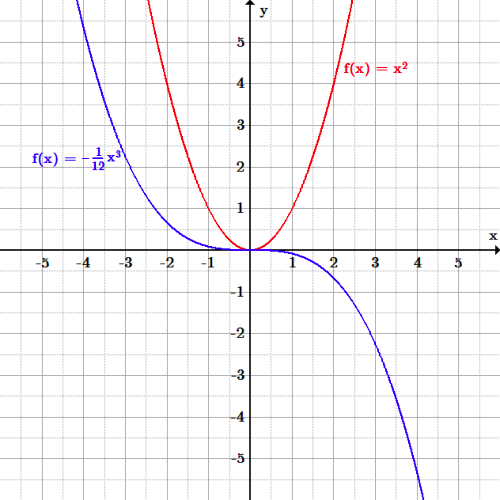



Domain And Range Boundless Algebra
To ask Unlimited Maths doubts download Doubtnut from https//googl/9WZjCW Find domain and range of `f(x)=x/(1x^2)`How do you find the domain and range of mathf(x)=\frac{3}{2x^2}?/math The domain is the set of values that the independent variable can take In this particular case, the independent variable, mathx,/math can take all the values from theDomain and range » Tips for entering queries Enter your queries using plain English To avoid ambiguous queries, make sure to use parentheses where necessary Here are some examples illustrating how to ask for the domain and range domain of log(x) (x^21)/(x^21) domain;



Domain Range Power
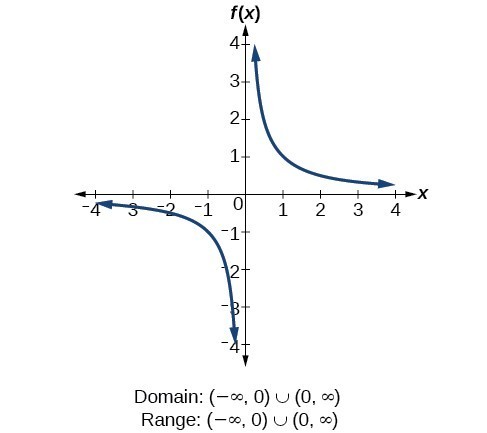



Determine Domain And Range From A Graph College Algebra



Domain Range



Draw The Graph Of The Function F X X 2 And Write Its Domain And Range Sarthaks Econnect Largest Online Education Community
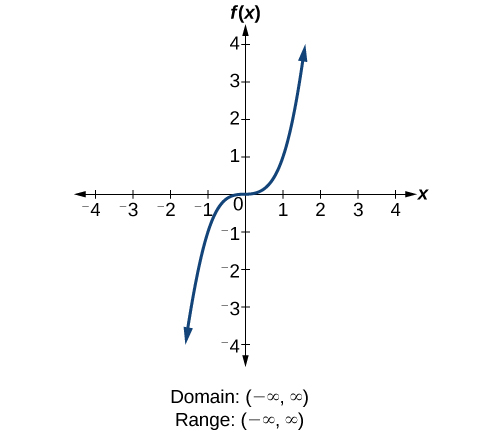



3 3 Domain And Range Mathematics Libretexts




Domain And Range Shortcut Rules The Qubits Blog




Find Domain And Range Of F X 1 16 X 2 Brainly In




What Is The Range And The Domain Of F X X2 2x 3 Brainly Com
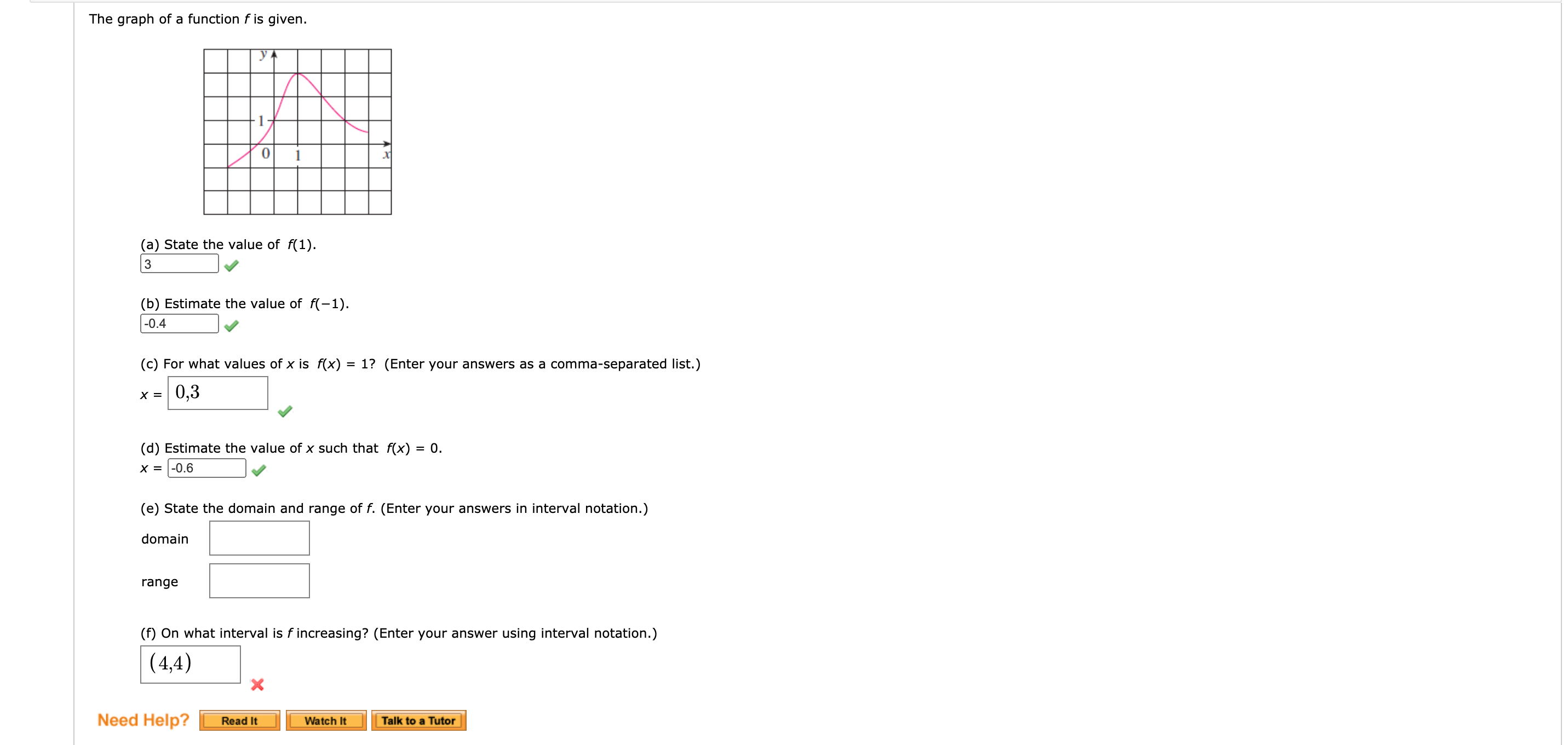



Answered E State The Domain And Range Of F Bartleby




Find The Domain And Range Of F X Sqrt 16 X 2 Mathematics Stack Exchange



Solution What Is The Domain Range Vertical Asymptote And X Intercept Of The Logarithmic Function F X Log4x




Section 1 5 Combinations Of Functions Ppt Download




Example 15 F X 1 X What Is The Domain And Range Examples




6 Ways To Find The Domain Of A Function Wikihow
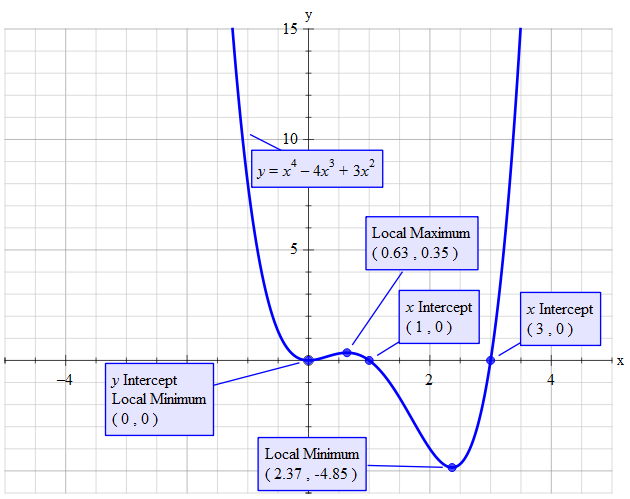



How Do You Find The Domain And Range Of F X X 4 4x 3 3x 2 Socratic
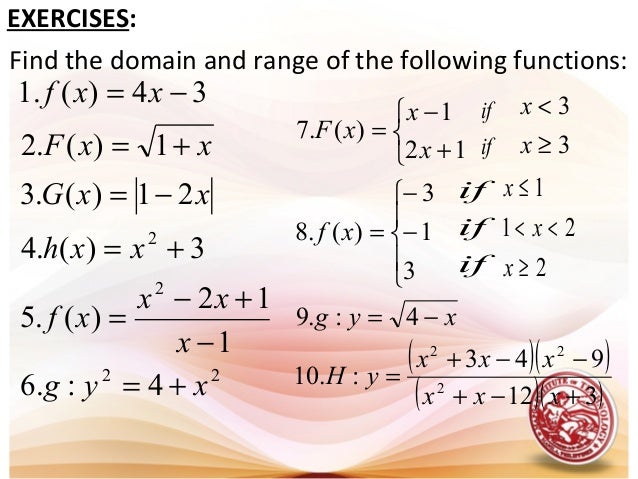



L1 Functions Domain Amp Range




Math Notes Studeersnel



Problem 9 Let F X 2 3x4 On The Largest Domain For Which The Formula Makes Sense A Find The Domain And Range Of F X Then Sketch The Graph Course Hero



Graph Domain And Range Of Absolute Value Functions
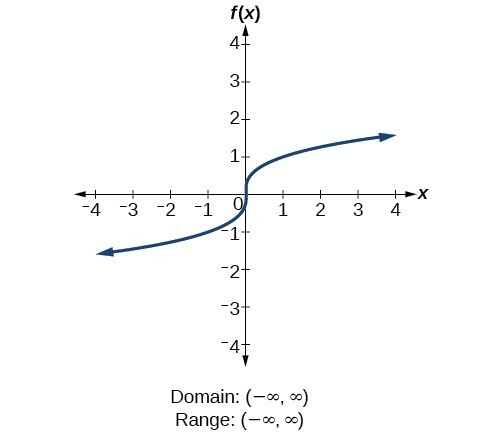



Find Domains And Ranges Of The Toolkit Functions College Algebra
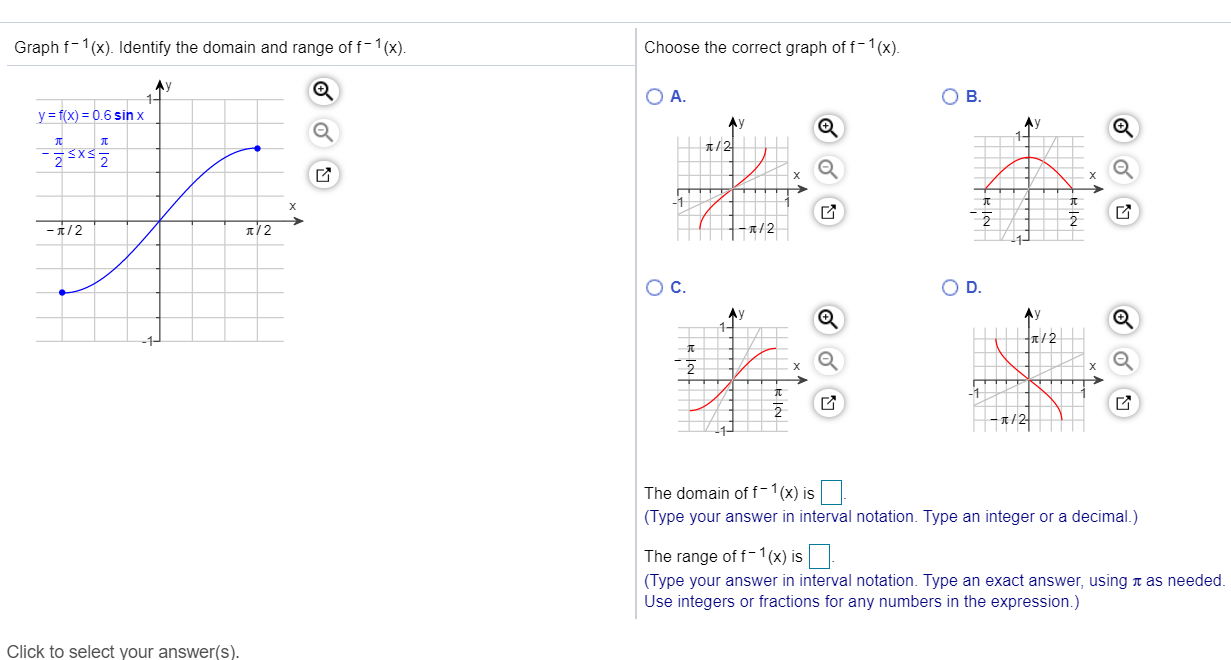



Graph F 1 X Identify The Domain And Range Of Chegg Com




Find Domain And Range Of Real Functions 1 F X X 2 3 X 2 F X 1 Sqrt X 5 Youtube




How To Find The Domain And Range Of A Function 14 Steps
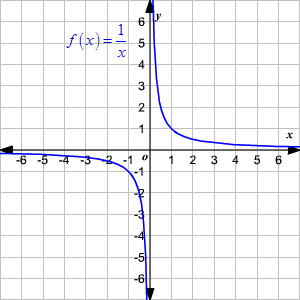



Domain And Range Of Rational Functions




What Is The Domain And Range Of The Function F Given By F X 2 X 5 Mathematics Topperlearning Com Gh19atoo
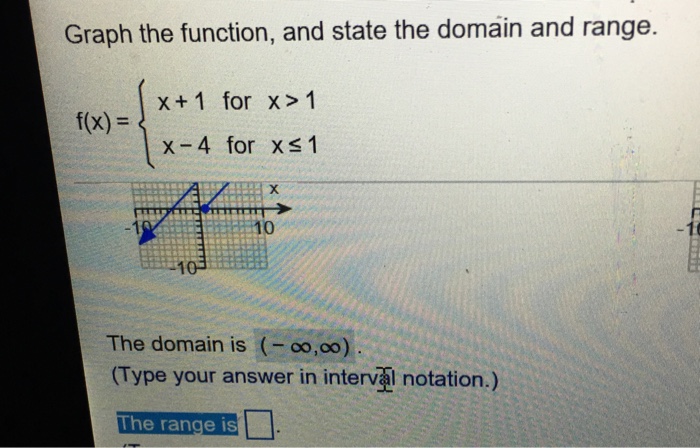



Graph The Function And State The Domain Range F X Chegg Com



Find The Domain And Range Of The Following Real Functions I F X X Ii F X 9 X 2 Sarthaks Econnect Largest Online Education Community
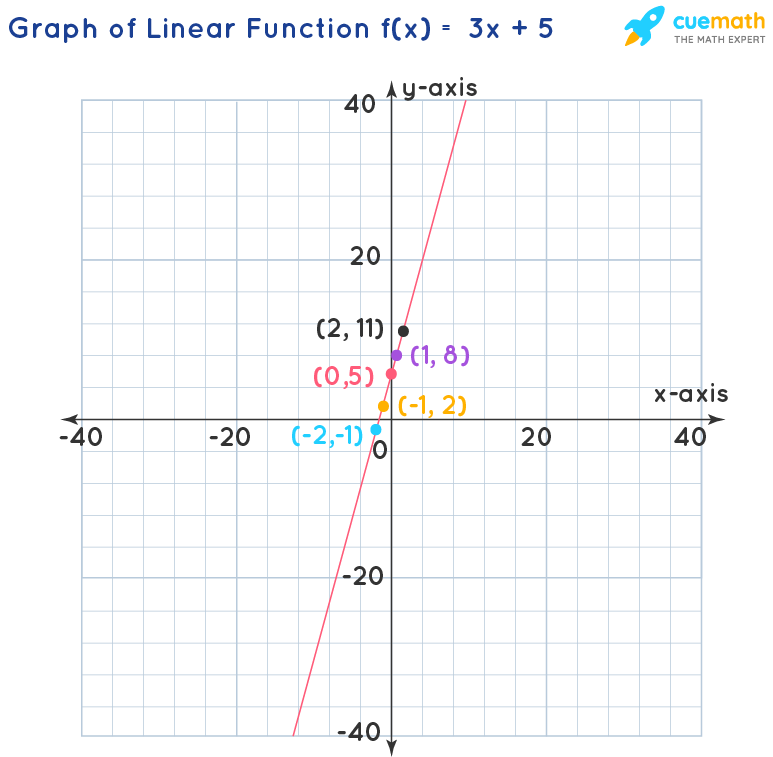



What Are The Domain And Range Of The Function F X 3 X 5 Solved




Domain And Range Of Functions




Find The Domain And The Range Of The Real Function Defined By F X Sqrt X 1
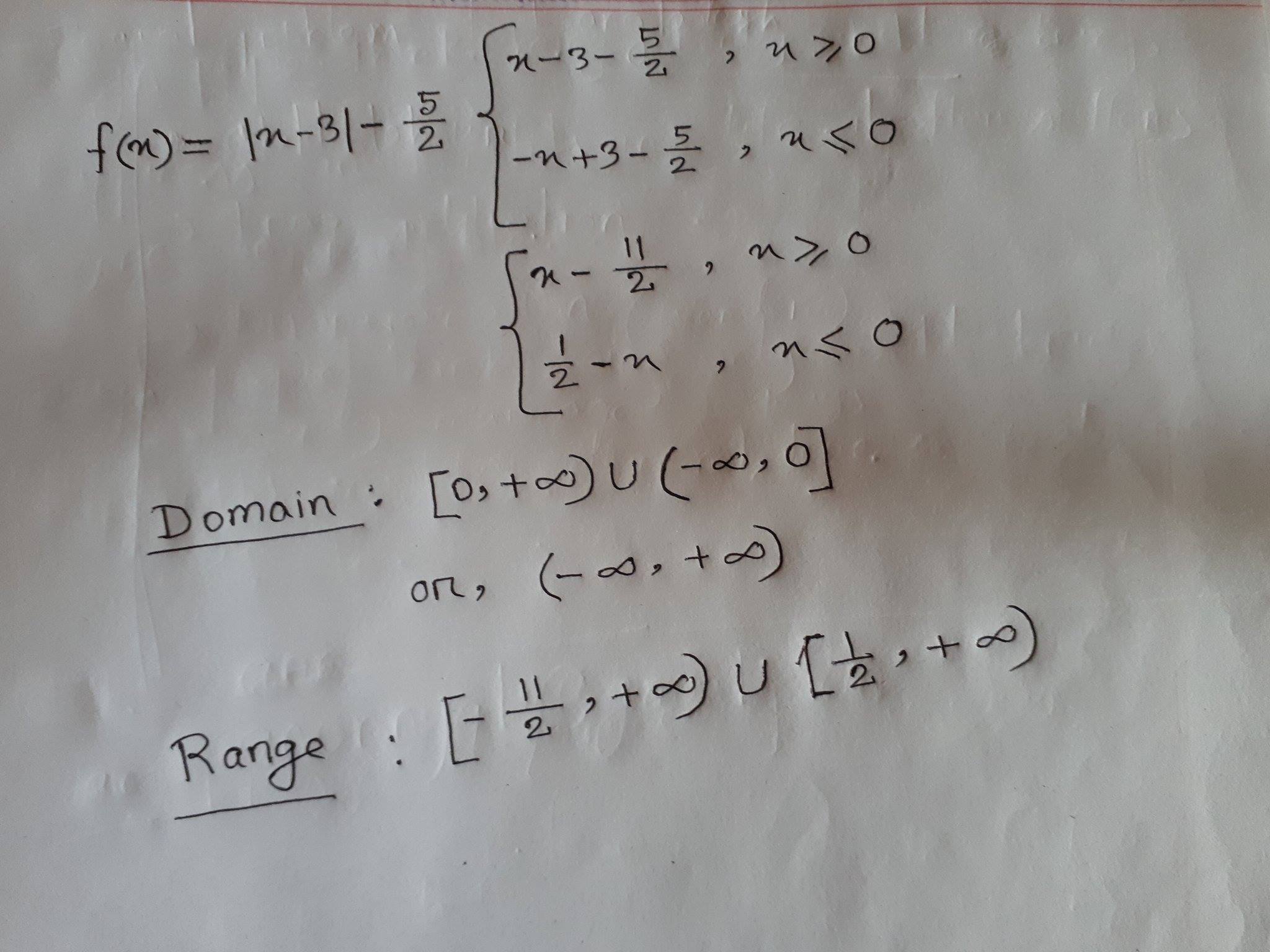



What Is The Domain And Range Of F X Abs X 3 5 2 Socratic




Find The Domain And Range Of The Function F R To R F X X 2 1



What Is The Range Of The Function F X X 1 Quora




Find The Domain And Range Of F X X 1 Youtube
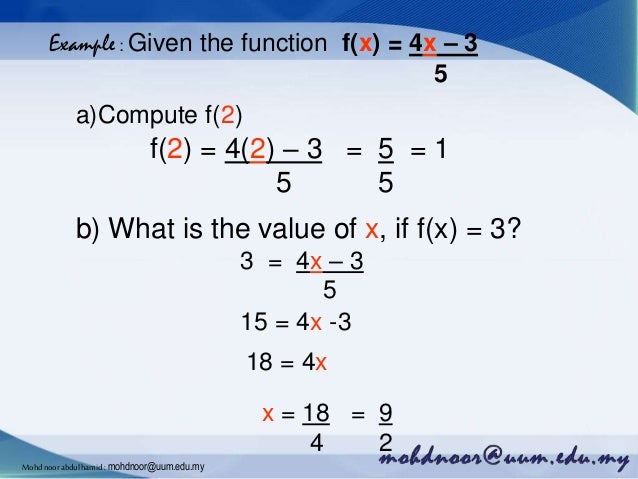



Introduction To Function Domain And Range Mohd Noor



How Do We Draw The Graph And Find The Range And Domain Of The Function F X X 1 Quora




Finding The Domain Range Of Functions With Inequalities Video Lesson Transcript Study Com



How Do You Find The Domain And Range Of Y Sqrt 3x 5 Socratic




Find Domain Range And Codomain Of The Function F Defined By F X 2x 1 X 2 1 X Belongs To R Maths Relations And Functions Meritnation Com




Domain And Range Of A Function Utrgv




How To Find The Domain And Range Of A Function 14 Steps
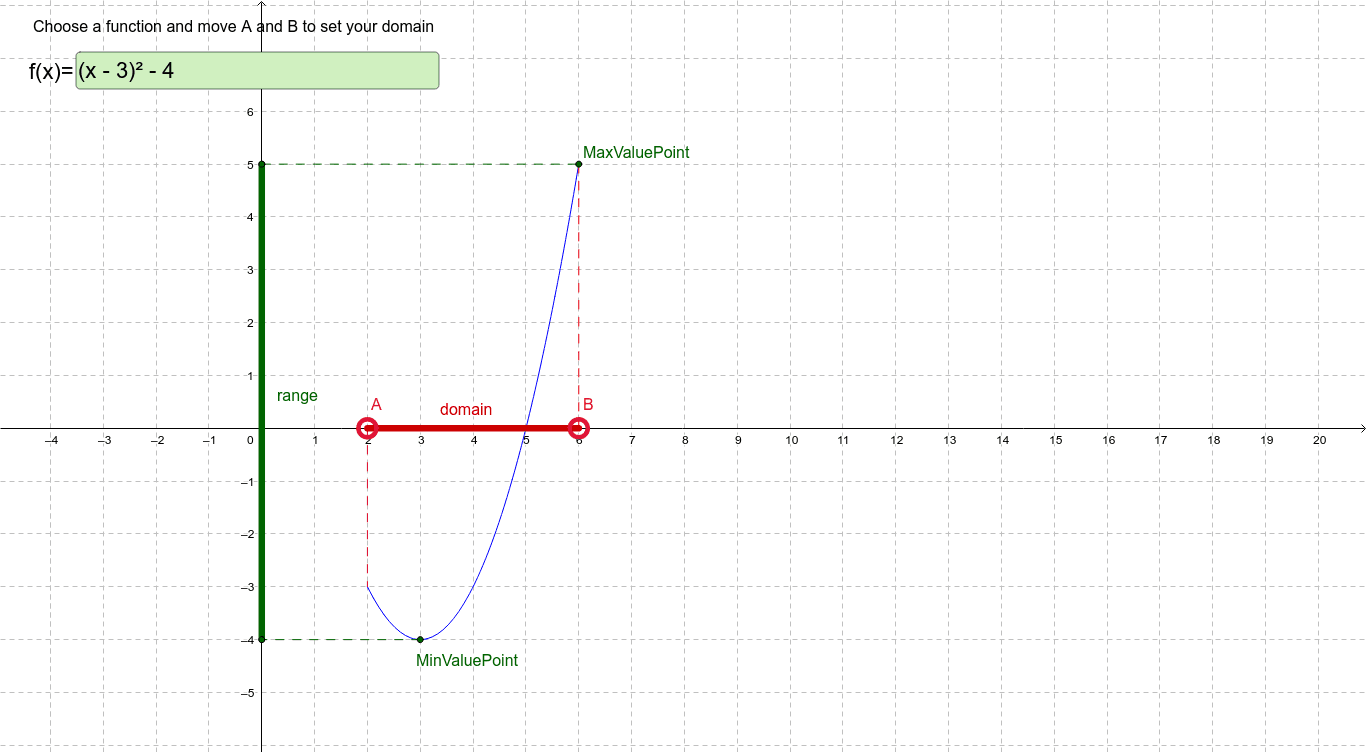



Domain And Range Illustration Geogebra




Find The Domain And Range Of The Function F X X 1 X 2 Brainly In




Find The Domain And Range Of The Real Function Fx 1 1 X 2 Brainly In
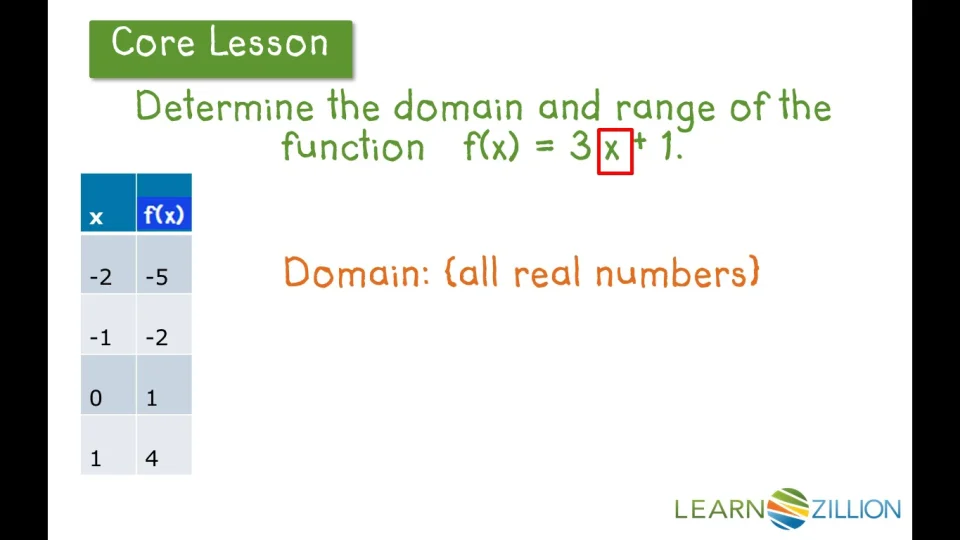



Find The Domain And Range Of A Function Learnzillion
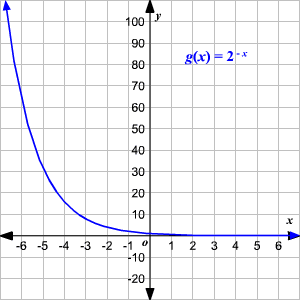



Domain And Range Of Exponential And Logarithmic Functions




Domain And Range Of Quadratic Functions Video Khan Academy




Find Domain And Range Of Function Y 1 X Youtube




Misc 4 Find Domain And Range Of F X Root X 1 Chapter 2




Find The Domain And Range Of The Function F X 1 Sqrt X 5 Youtube



What Is The Domain And Range Of The Function F X X 2 1 Quora
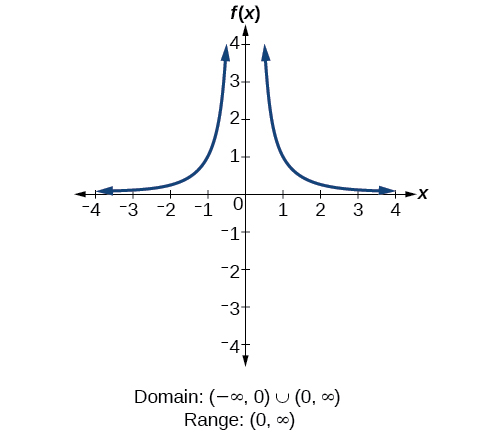



3 3 Domain And Range Mathematics Libretexts
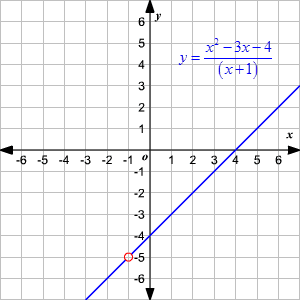



Domain And Range Of Rational Functions




Find The Domain And Range Of F X 2x 3 3 Youtube
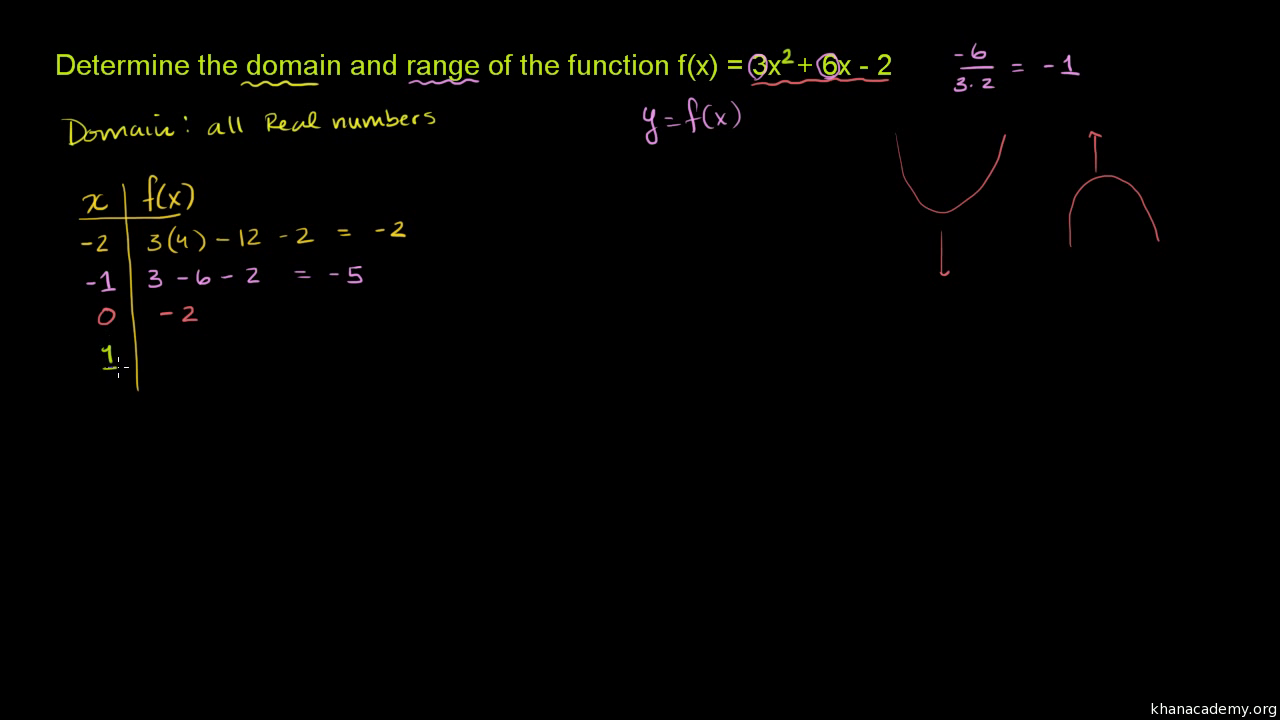



Domain And Range Of Quadratic Functions Video Khan Academy
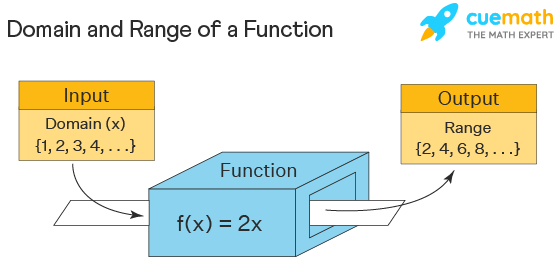



Domain And Range Examples Domain And Range Of Functions
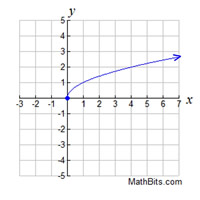



Domain And Range Mathbitsnotebook A1 Ccss Math




Find Domain And Range Of F X X 1 X 2
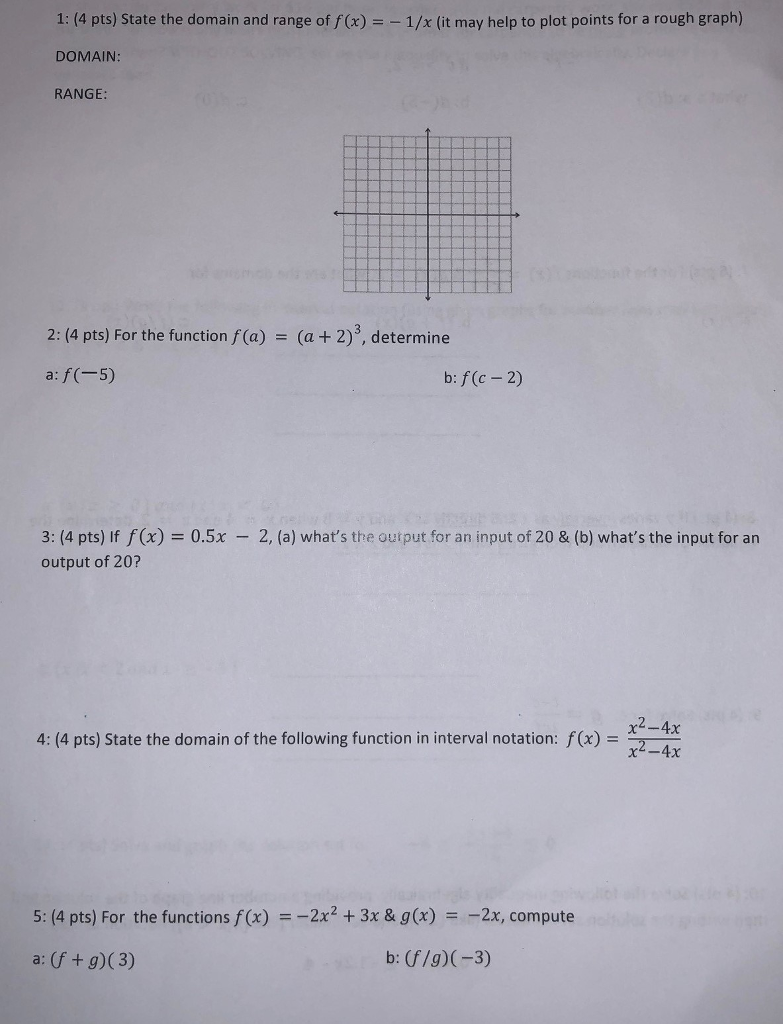



1 4 Pts State The Domain And Range Of F X 1 X Chegg Com
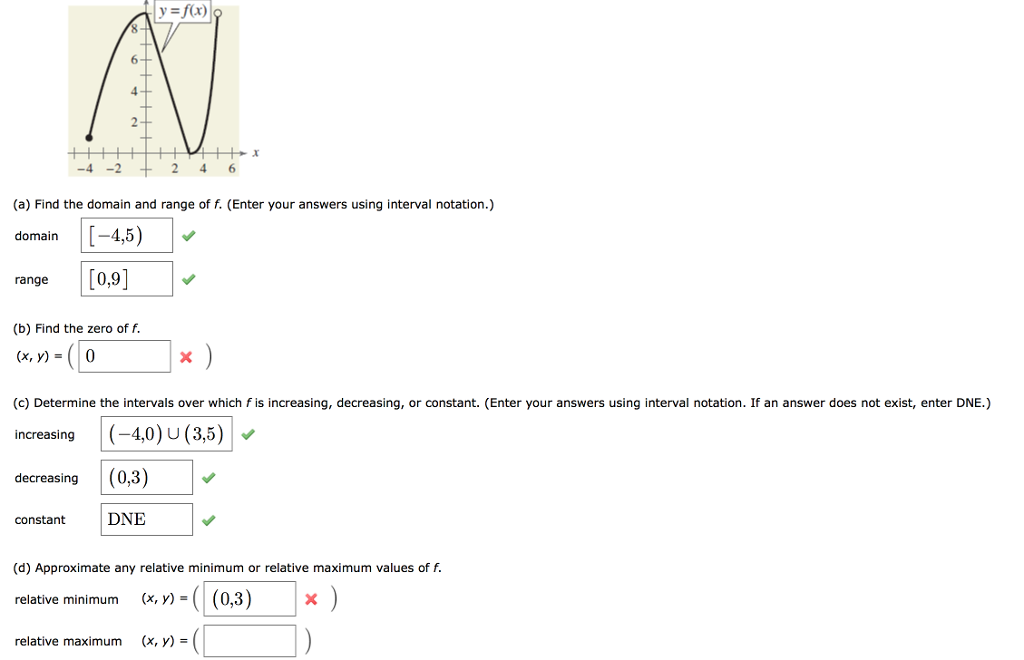



Y F X 6 A Find The Domain And Range Of F Enter Chegg Com




Find The Domain And Range Of The Following Real Functions I F X X Ii F X Sqrt 9 X 2



Q Tbn And9gcqgqrwpnxjwt0kskruy6guwbb9vrtxcyvozrczh7yys7zu6fw5a Usqp Cau
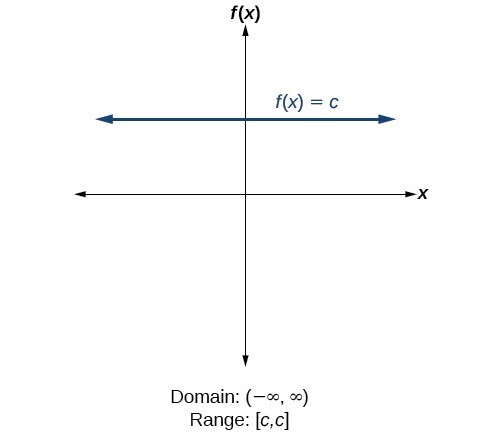



Find Domains And Ranges Of The Toolkit Functions College Algebra




Example 15 F X 1 X What Is The Domain And Range Examples
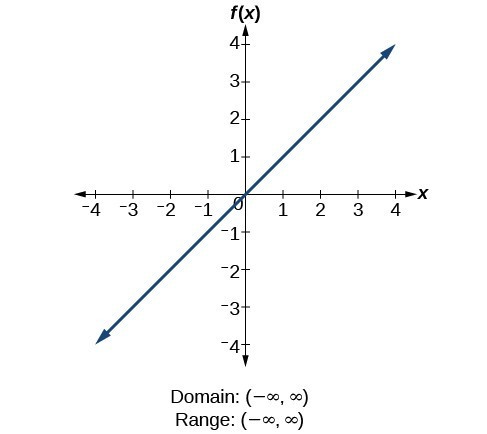



Find Domains And Ranges Of The Toolkit Functions College Algebra




Domain And Range Of F X X 3 X 3 Are Respectively




Finding The Domain Range Of Functions With Inequalities Video Lesson Transcript Study Com



For The Function F X X 2 5 Find The Domain And Range Enotes Com



Domain And Range Of A Function
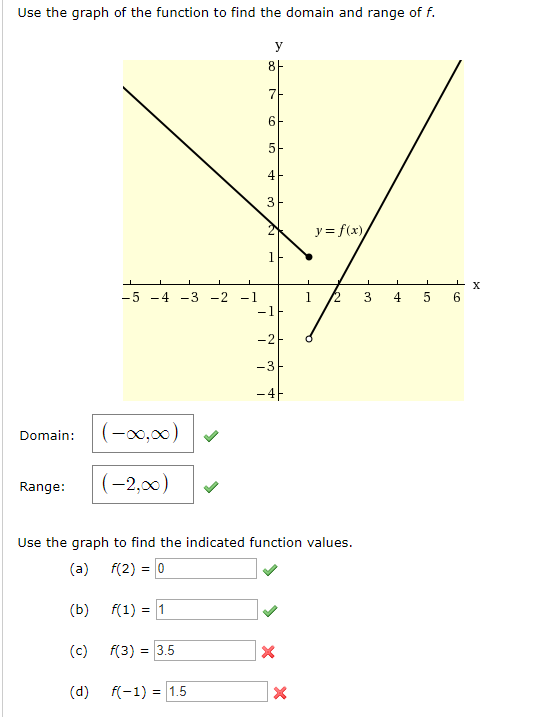



Use The Graph Of The Function To Find The Domain And Chegg Com




Example 15 F X 1 X What Is The Domain And Range Examples
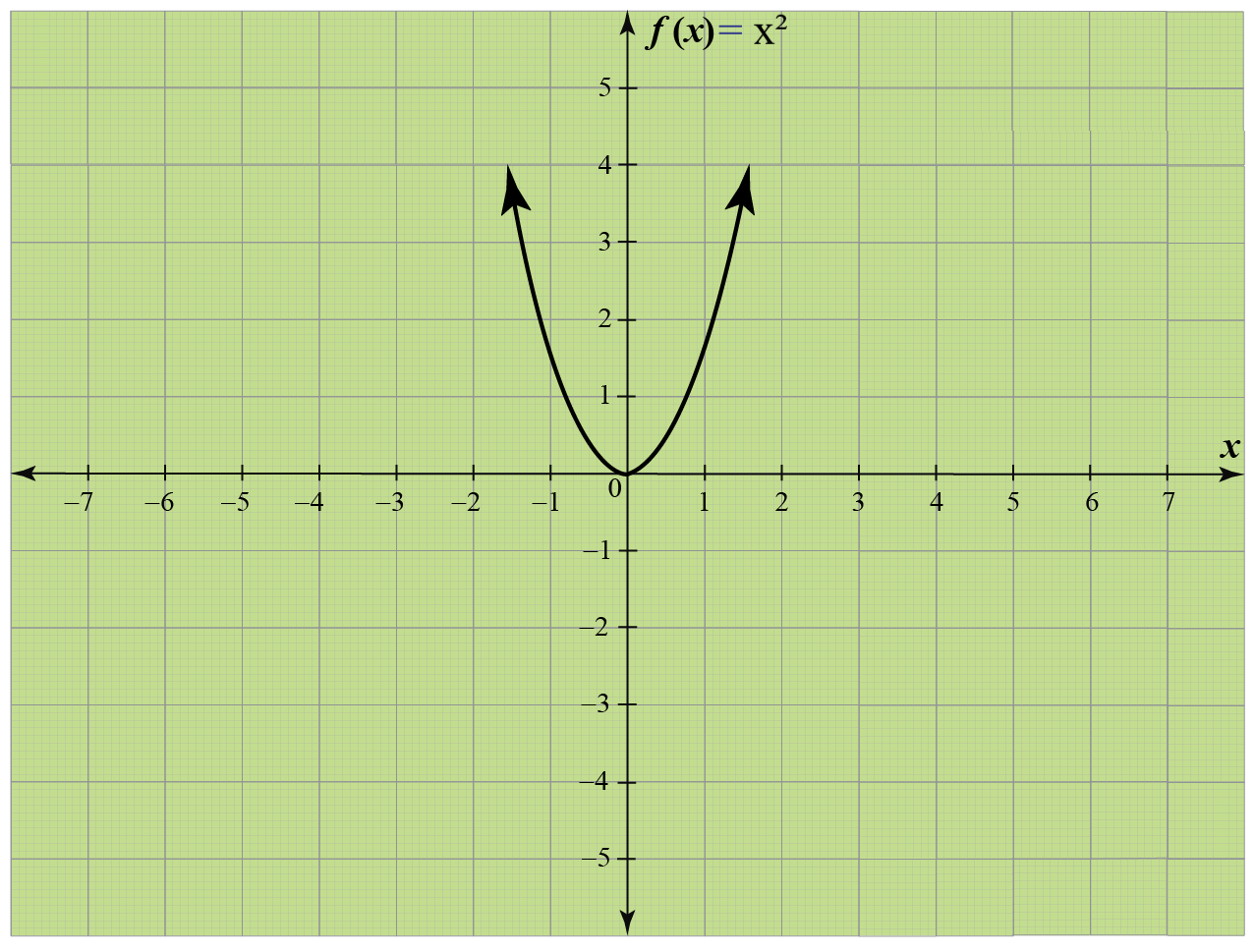



Domain Definition Examples Cuemath




Finding Domain And Range



1




Domain And Range




Ex 2 3 2 Find Domain And Range I F X X Chapter 2
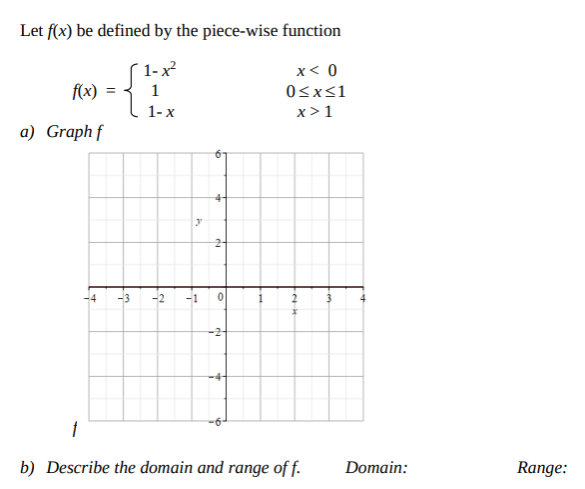



Answered Let F X Be Defined By The Piece Wise Bartleby



Q Tbn And9gcqj529kunx E23asbmwgf8sdjnucswezuevva8edino5czgfbjv Usqp Cau




Find The Domain And Range Of The Function F X 1 2 Sin3x Youtube




Find The Domain And Range Of F X Sqrt 16 X 2 Mathematics Stack Exchange
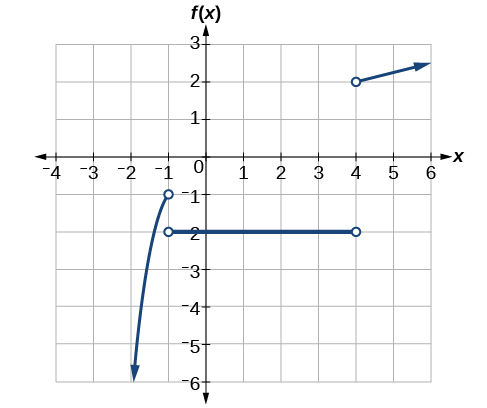



3 3 Domain And Range Mathematics Libretexts
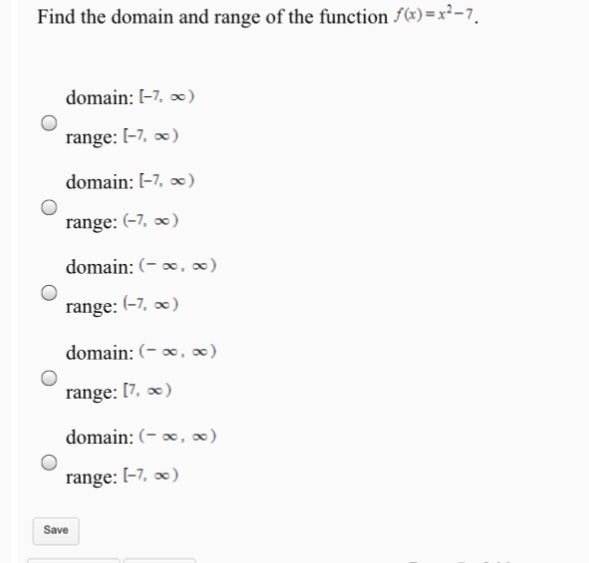



Find The Domain And Range Of The Function F X X2 Chegg Com



0 件のコメント:
コメントを投稿